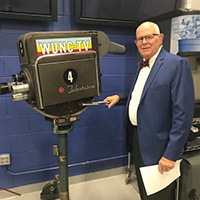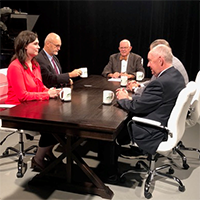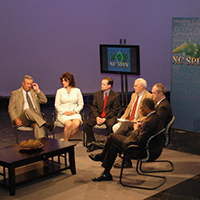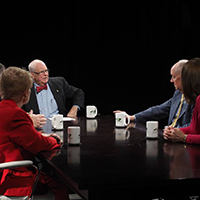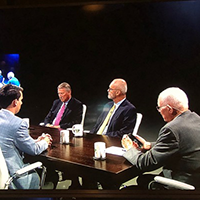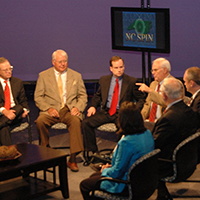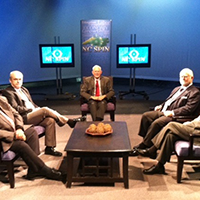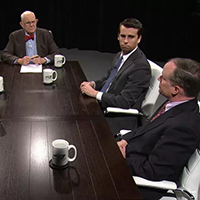Three of North Carolina’s top office holders issued press releases last week with positive economic news. Just don’t try reading about them in a moving vehicle on local state-maintained roads.
The news from Senators Thom Tillis and Richard Burr centered on the U.S. Senate’s approval of a six-year highway bill that includes provisions for the Old North State introduced by Tillis and Burr. Those include:
• Raleigh-Norfolk Corridor from Raleigh through Rocky Mount, Williamston and Elizabeth City to Norfolk, Va.
• U.S. 117/I-795 from U.S. 70 in Goldsboro to I-40 west of Faison, and U.S. 70 from its intersection with I-40 in Garner to the Port at Morehead City.
The senators have every reason to be thrilled about those projects having a good shot at receiving the federal approval needed to advance the N.C. Department of Transportation’s Strategic Transporation Corridors Vision. Establishing those corridors — to become interstate highways upon completion — would improve transportation in eastern North Carolina and help create jobs by making the region more attractive to industry.
That positive news comes in addition to previous announcements scored in the win column for Pitt County roads. Those include word last year that the 12-mile, $250 million Southwest Bypass project would be moved up on the schedule to be completed in 2020; and improvements to Dickinson Avenue to be included in Gov. Pat McCrory’s $2.85 billion bond proposal.
The Governor released more good economic news last week, announcing a $445 million revenue surplus, paving the way for further cuts to the state’s corporate tax rate. The surplus came from growth in business income, McCrory said, which resulted in a surge of final payments in April.
Under the state’s 2013 tax reform plan, the surge triggers an automatic one-percent drop in the corporate tax rate, to take effect Jan. 1.
“The surplus is evidence that reforming the tax code and increasing competitiveness are strengthening North Carolina’s economy and putting more money into the budget of working families,” McCrory said.
Meanwhile, area motorists who regularly traverse crumbling and washboard portions of 10th Street and other bumpy state-maintained thoroughfares are putting more wear and tear on their vehicles.
News of transportation improvements and budgetary smooth sailing is welcome. It would translate much better to working families and other local voters if they could experience some smoother asphalt on existing state-maintained roads.
 photo by Civitas[/caption]
photo by Civitas[/caption]